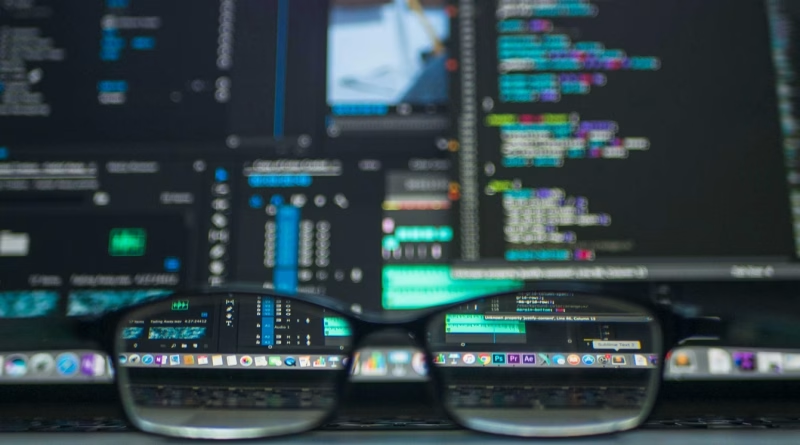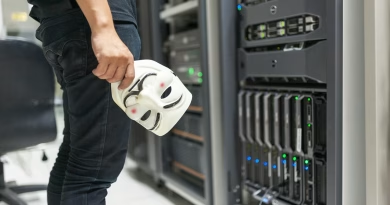The Incredible Journey: 4 Pivotal Moments in the History of Operating Systems
The history of operating systems is the story of our relationship with the machine; a journey from cryptic commands typed into a black screen to a world where our computers anticipate our needs. The operating system (OS) is the soul of our computer—the foundational software that manages all the hardware and allows us to interact with it. It has evolved from a tool for expert technicians into an intelligent, intuitive partner for billions of people.
To understand where we are now, with AI being woven into the very fabric of our digital lives, it’s essential to look back at the key evolutionary leaps. This journey shows a clear and consistent march toward making computers more accessible, more personal, and more intelligent.

Phase 1: The Command-Line Interface (CLI)
For the first generation of personal computer users in the late 1970s and 1980s, the computer was a black screen with a blinking cursor. There were no icons, no mouse, no windows. This was the era of the command-line interface, dominated by systems like MS-DOS.
To get the computer to do anything—open a file, run a program, or see what was on a disk—you had to know the exact command and type it perfectly. It was an incredibly powerful but unforgiving system that required the user to learn the computer’s language. This created a high barrier to entry, limiting the personal computer to hobbyists and business users who were willing to learn the arcane commands. The history of operating systems at this point was one of human-to-machine instruction.
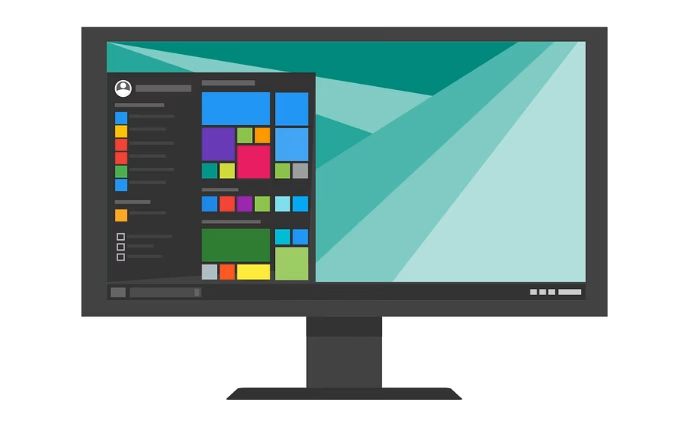
Phase 2: The Graphical User Interface (GUI) Revolution
The next great leap completely changed our relationship with computers. Pioneered by Xerox PARC and famously brought to the mainstream by the Apple Macintosh in 1984 and later by Microsoft Windows, the Graphical User Interface (GUI) was a revolution in accessibility.
The GUI introduced the concepts we still use today: a virtual “desktop,” icons that represent files and programs, windows that can be moved and resized, and a mouse to point and click. Instead of the user having to learn the computer’s language, the GUI translated the computer’s functions into a visual language that humans could intuitively understand. This single innovation is what made the personal computer a truly “personal” device for everyone, not just for experts.
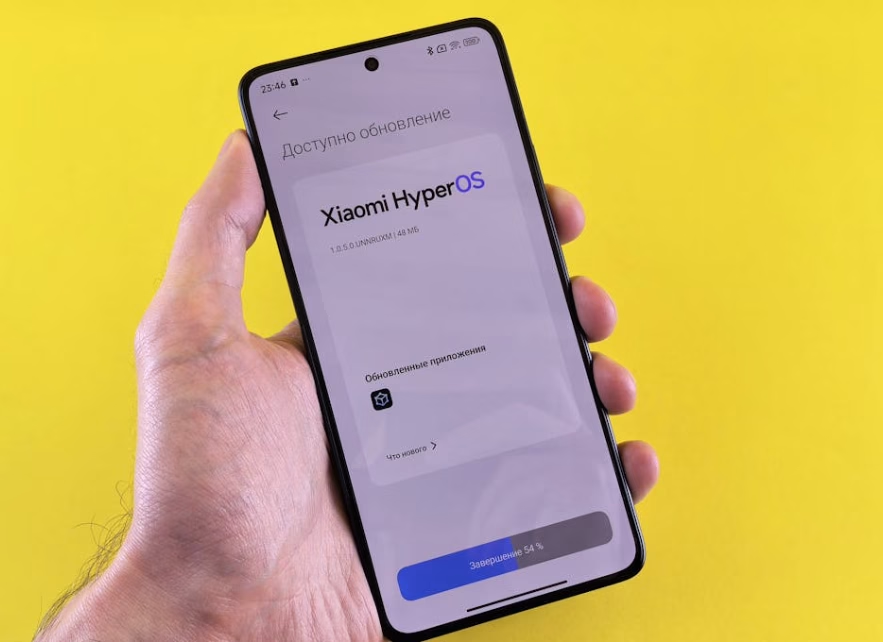
Phase 3: The Mobile OS Boom
As computing shrank from the desk to the pocket, a new kind of operating system was needed. The launch of the iPhone in 2007 with iOS and the subsequent rise of Android marked the next major turning point in the history of operating systems.
Mobile operating systems were built from the ground up for a touch-first world. They prioritized battery efficiency, constant connectivity, and a simple, app-based ecosystem. The introduction of the App Store created a new, centralized way to discover and install software, while features like push notifications changed how we interact with information, bringing it to us proactively.
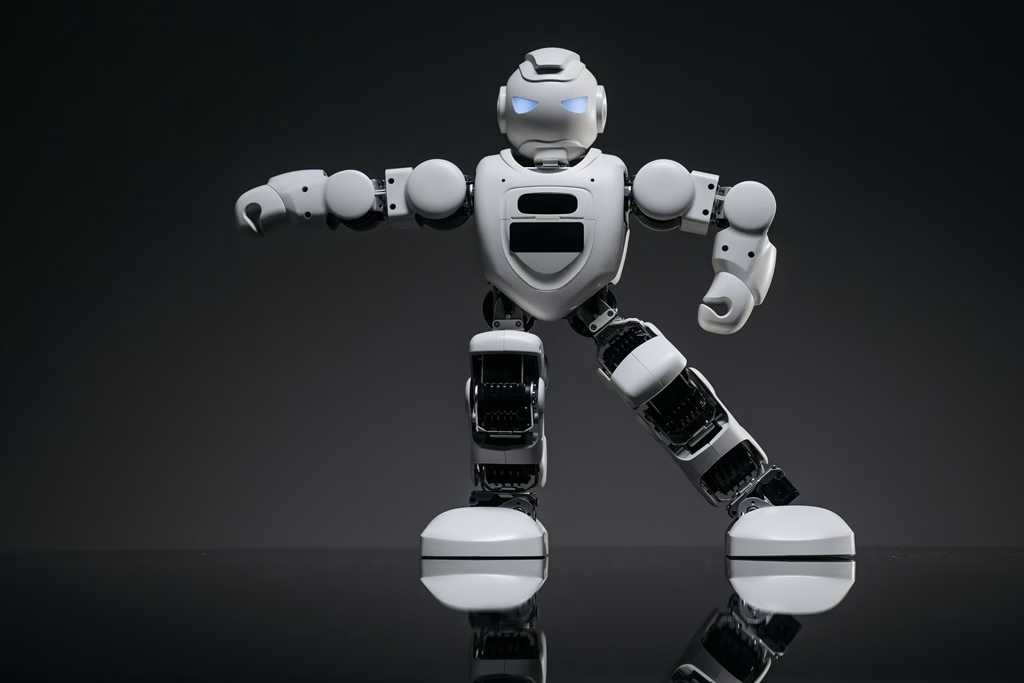
Phase 4: The AI-Powered Ambient OS
Today, we are in the middle of the next great transition. The OS is no longer just a passive tool that waits for your click or tap. It is becoming an intelligent, proactive layer that anticipates your needs. This is the era of the AI-powered, “ambient” operating system.
Modern versions of Windows, macOS, iOS, and Android are now deeply integrated with AI assistants and on-device Neural Processing Units (NPUs). This is what powers features like “Apple Intelligence” and Microsoft’s “Ambient Copilot.” The OS can now understand the context of what you’re doing—summarizing your notifications, suggesting replies to your emails, and organizing your workspace for you automatically.
The history of operating systems has been a constant quest to make the machine more human. From the rigid syntax of the command line to the intuitive visuals of the GUI, and now to the proactive intelligence of AI, each step has brought us closer to a world where the technology fades into the background, seamlessly serving our needs.

